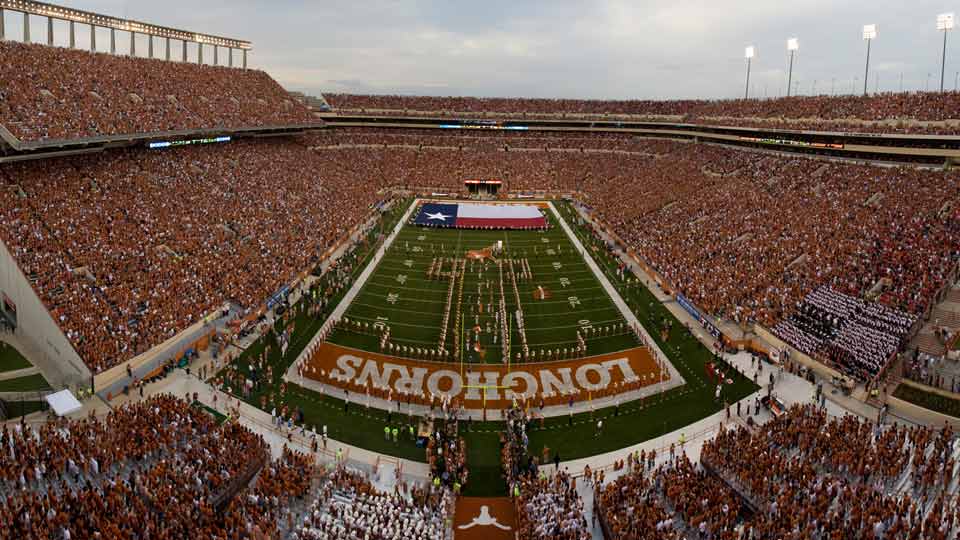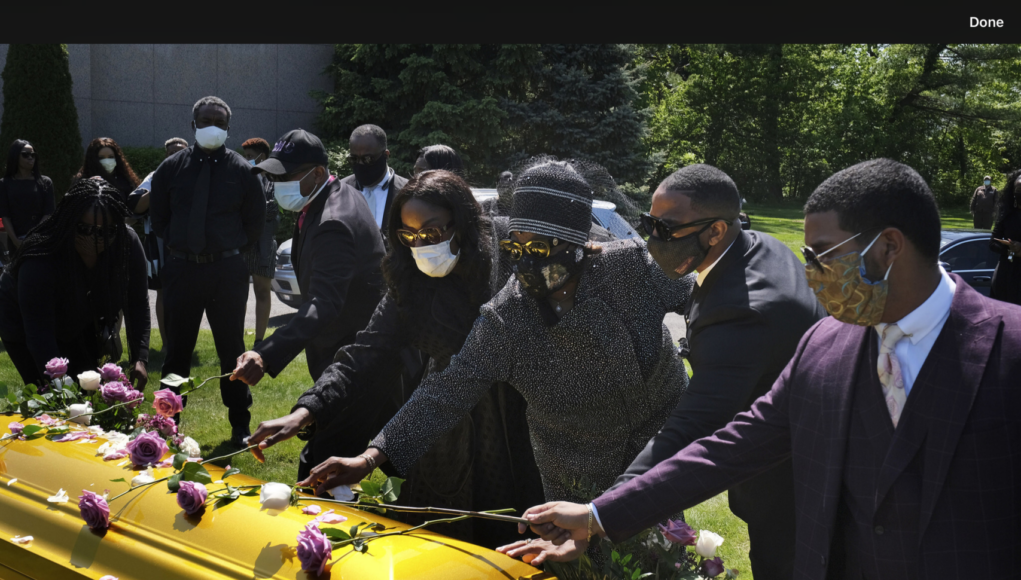As America begins to open up and to slowly get back to business in many states across the country, John Hopkins University is the first to report that the country has reached one hundred thousand deaths from the devastating coronavirus.
Only four months into the outbreak and the virus has killed enough people to fill Texas Memorial Stadium, a steep climb from the country’s first death on the last day of February. Despite President Donald Trump’s claims and prediction in mid-March that the virus would go away in April, America continues to feel the greatest impact of COVID-19, and now with 6-digit casualties, cases have been noted across the 50 states and US territories including Guam, the US Virgin Islands and Puerto Rico.

New York State has been the epicenter of the pandemic in America, followed by the Garden State of New Jersey. To date, the State of New York has recorded more than 29,000 deaths while New York and New Jersey collectively account for more than 40 percent of the US deaths; Massachusetts, Michigan, Pennsylvania and Illinois are the states that follow rank with the largest number of deaths. California has the fourth largest number of people who tested positive for the virus.
The United States has exceeded 1.7 million cases and as of press time, the actual death toll is 101,894, according to the World Health Organization (WHO). Notwithstanding the President’s claim that “this will be gone by April,” we are approaching the month of June with many states showing signs of a rapid spread of the virus. Most experts have expressed that the numbers will continue to rise in the weeks to come as more governors and local governments throughout the country are pushing for more tests and for everyone to get tested. Governments are hoping that testing will help experts and medical professionals to understand the trend and to isolate those who are infected in their efforts to stem the spread and to get the economy open and back on track.
The World Health Organization has reported some 356,000 deaths, which means that the US alone is responsible for 28 percent of fatalities although representing just over 4% of the world’s population. But the trend is shifting as other countries like Brazil, Russia and South Korea are experiencing a jump in the number of cases.
Tracing by WHO, the CDC, John Hopkins University and other institutions is also showing striking disparities in the tally of cases and deaths in the US and globally. COVID-19 has been far deadlier for males than females; for people older than 75 years, twice as many males have succumbed to the virus. More than 75 percent of all fatalities were people over 65 years of age, and in most states, a higher percentage of Blacks have died than Whites. Other racial groups like Native Americans and Hispanics have also been impacted.
With a billow of unknowns and a slow-to-think and eager-to-speak commander-in-chief, America has experienced the ups and downs of a roller coaster of presidential predictions by a president eager to open up the US economy and reluctant to follow the advice and lead of the medical experts. He has become known for making claims and predictions without scientific evidence. On January 22, Trump told CNBC that “we have it under control. It’s going to be just fine.” At a White House coronavirus briefing on February 27, the President asserted that within a couple of days, we would be down from 15 people to zero. “We have done a pretty good job,” he noted.
Unfortunately, the numbers rose and are continuing to rise, although at a slower rate. Most of the experts and professionals around Trump saw this number coming and predicted this outcome. Dr. Robert Redfield, the director of the Center for Disease Control, tweeted in early May that the death toll would exceed 100,000 before June 1, and others are projecting that the number could exceed 150,000 by August.
With social distancing measures being relaxed and the economy slowly re-opening, including a return to travel, forecasters have differing uncertainties of the future as Americans remain unsure, not knowing what tomorrow holds as thousands of families continue to bury their dead.














